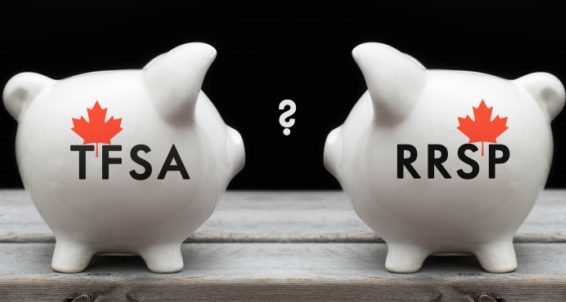
April 28th, 2025
Posted on February 20th, 2024 in Domestic Tax, Financial Planning & Wealth Management

In 2009, the federal government introduced the Tax Free Savings Account (TFSA) to give Canadians another means to save for their financial goals. The TFSA is similar to the Registered Retirement Savings Plan (RRSP) in some ways, but different in others.
TFSA Quick facts:
Things to consider when deciding to use a TFSA:
A DJB Wealth Management Advisor can help you make the right choice.
Drop us a line, we look forward to hearing from you.